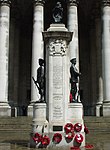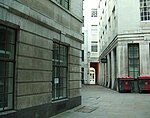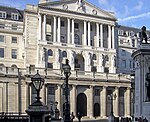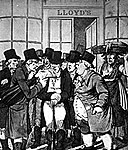Bank and Monument stations
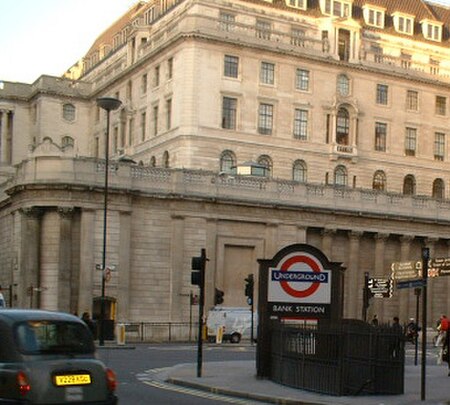
Bank and Monument are interlinked London Underground and Docklands Light Railway (DLR) stations that form a public transport complex spanning the length of King William Street in the City of London. Bank station, named after the Bank of England, opened in 1900 at Bank junction and is served by the Central, Northern and Waterloo & City lines, and the DLR. Monument station, named after the Monument to the Great Fire of London, opened in 1884 and is served by the District and Circle lines. The stations have been linked as an interchange since 1933.The station complex is one of the busiest on the London Underground network, with usage of the station rising by 38% since 2008. Owing to this, the station complex has been rated the Underground's worst station in passenger surveys, and is currently undergoing a substantial upgrade and expansion. The stations are in fare zone 1.
Excerpt from the Wikipedia article Bank and Monument stations (License: CC BY-SA 3.0, Authors, Images).Bank and Monument stations
Cornhill, City of London
Geographical coordinates (GPS) Address Nearby Places Show on map
Geographical coordinates (GPS)
| Latitude | Longitude |
|---|---|
| N 51.513 ° | E -0.088 ° |
Address
The Banking Hall
Cornhill 14
EC3V 3ND City of London
England, United Kingdom
Open on Google Maps


